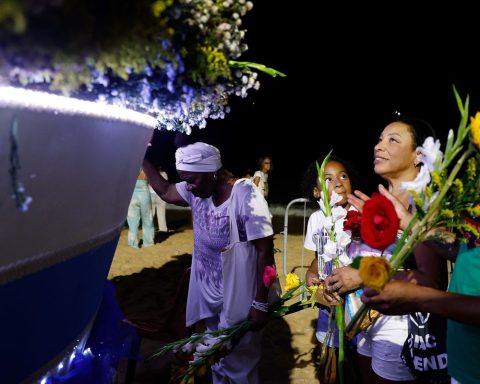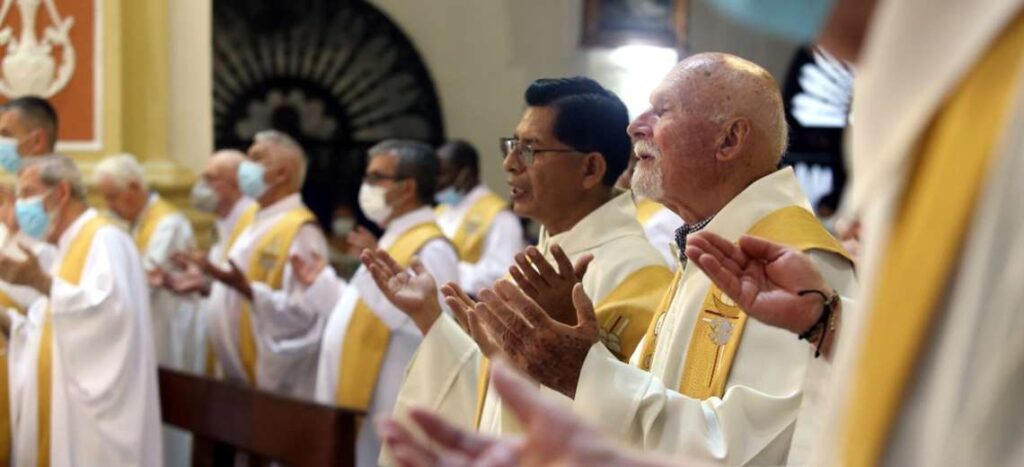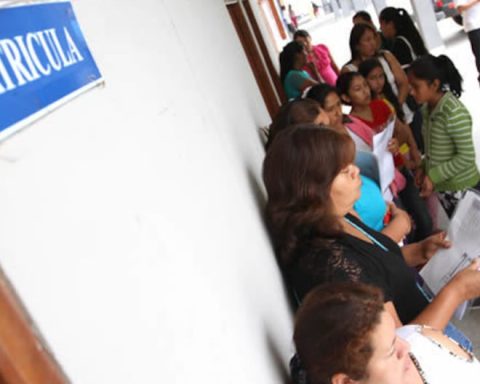High interest rates in Brazil held back tensions in the foreign market and made the dollar fall for the third time in a row. The stock market had a more tense day and closed down again, influenced by the US stock exchanges near the end of trading.
The commercial dollar ended this Tuesday (12) sold at R$ 4.677, with a fall of R$ 0.014 (-0.29%). The price started the day sharply lower, dropping to R$4.62 at the session low, around 10 am, but the pace of decline slowed after the opening of the North American market.
With today’s performance, the dollar accumulates a low of 1.76%. In 2022, the currency declines 16.12%.
The stock market had a more bearish day. The B3 Ibovespa index closed at 116,147 points, down 0.69%. The indicator opened higher, but retreated as US stocks fell after the release of US inflation data.
The announcement that US inflation in March remains at the highest level in 40 years has brought tension to foreign markets. Bets have increased that the Federal Reserve (Fed, US Central Bank) will raise interest rates more aggressively than expected. Higher rates in advanced economies encourage capital flight from emerging countries such as Brazil.
The instability in the stock market did not reach the dollar only because basic interest rates in Brazil are at the highest level since 2017. In the minutes of the last meeting of the Monetary Policy Committee (Copom), the Central Bank confirmed that it intends to increase the Selic rate (interest economy) to 12.75% per year at the next meeting in May. However, last week, Central Bank President Roberto Campos Neto said the monetary authority could extend the increases if the war in Ukraine and other external shocks continue.
* With information from Reuters
















